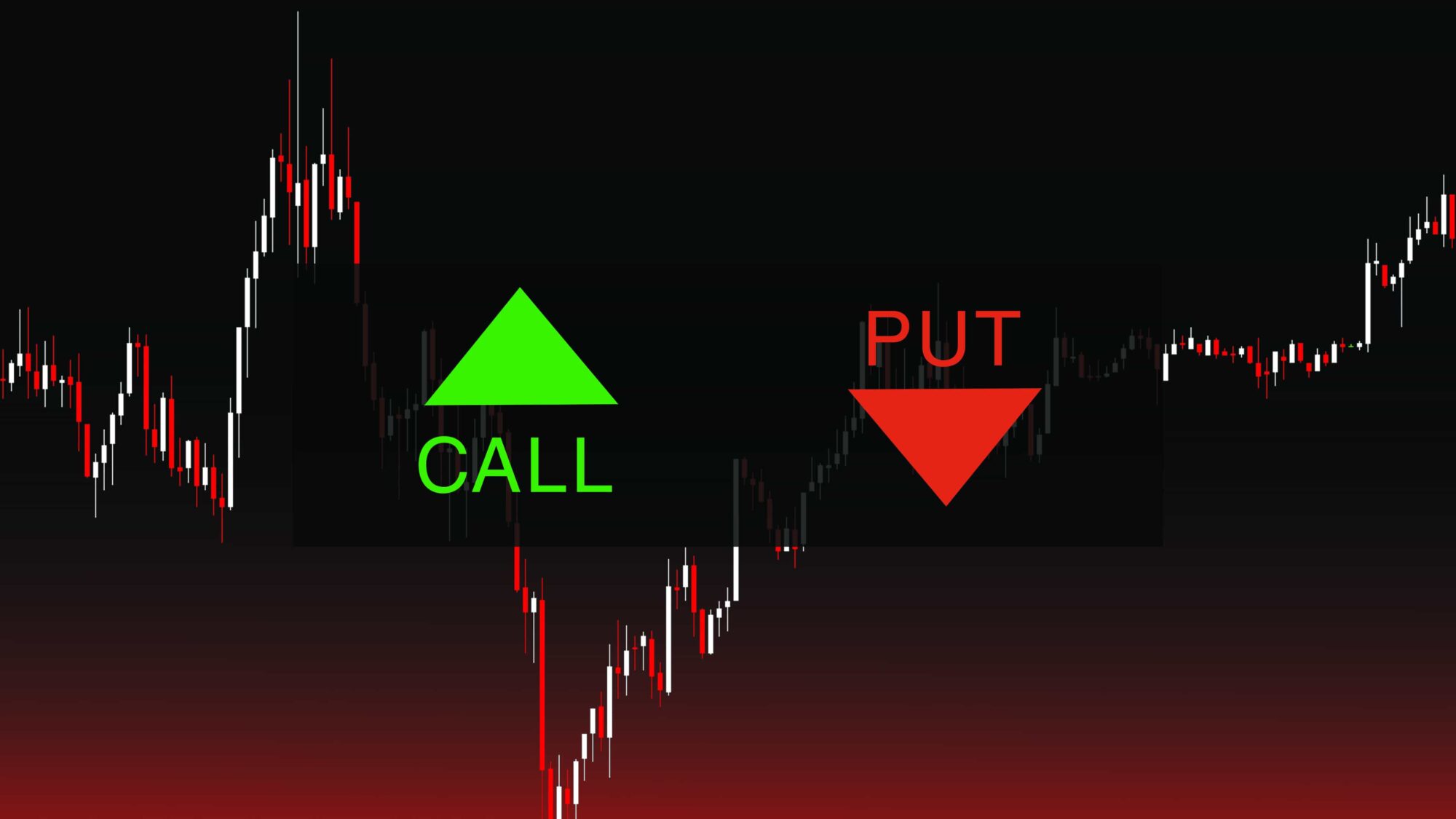Options trading, a sophisticated financial endeavor, offers investors the potential for exponential returns, albeit with inherent risks. Navigating the intricacies of options trading requires a thorough understanding of the various strategies employed by seasoned professionals. This article aims to shed light on the most commonly used option trading strategies, empowering you with the knowledge to make informed decisions and navigate this complex landscape with confidence.

Image: www.asktraders.com
Unveiling the Art of Options Trading
Options, financial instruments derived from underlying assets such as stocks or indices, grant investors the right but not the obligation to buy (call options) or sell (put options) the underlying asset at a predetermined price on or before a specific date. This flexibility allows traders to tailor strategies based on their market outlook and risk tolerance, making options trading a versatile tool for both speculative and hedging purposes.
Exploring the Strategy Spectrum
1. Covered Call Trading
This strategy involves selling a covered call option against an already-owned stock, creating an additional income stream while maintaining exposure to the underlying asset’s potential appreciation. If the stock price rises, the trader benefits from both stock appreciation and the premium received from selling the call option. However, if the stock price falls below the strike price, the trader may be forced to sell the stock at a loss to fulfill the obligation to deliver the underlying asset.
2. Put Selling
Put selling entails selling a put option, granting the buyer the right to sell the underlying asset to the trader at a specified price. This strategy benefits from a premium received for selling the option and profits when the underlying asset’s price remains above the strike price. However, if the stock price falls below the strike price, the trader is obligated to purchase the underlying asset at the predetermined price, potentially incurring a loss.
3. Call Buying
Call buying involves purchasing a call option, affording the trader the right to buy the underlying asset at a specified price. This strategy is employed when traders anticipate a rise in the underlying asset’s price, allowing them to profit from both the appreciation and the potential increase in the option’s premium. However, call buying carries the risk of losing the entire premium paid if the underlying asset’s price does not rise as expected.
4. Put Buying
Put buying entails purchasing a put option, securing the right to sell the underlying asset at a specified price. This strategy is used to hedge against potential declines in the underlying asset’s price or to speculate on a downward trend. If the price falls, the trader profits from the option’s value increase; however, if the price rises, the option теряет value, resulting in a potential loss of the premium paid.
Insider Tips and Expert Insights
1. Manage Risk Prudently
Options trading carries inherent risks that should be carefully managed. Before entering any trade, conduct thorough research on the underlying asset, the option pricing, and your own risk tolerance. Employ stop-loss orders to limit potential losses and consider hedging strategies to mitigate exposure to adverse market conditions.
2. Discipline and Patience are Key
Options trading requires discipline and patience. Develop a clear trading plan and meticulously follow it. Avoid making emotional decisions and allow ample time for your strategies to play out. Success in options trading hinges on consistent effort and a measured approach, rather than impulsive actions.

Image: www.youtube.com
FAQs: Demystifying Common Queries
Q: What factors influence option pricing?
A: Option pricing is influenced by several factors, including the underlying asset’s price, the strike price, volatility, time to expiration, interest rates, and supply and demand.
Q: How can I determine which option strategy is right for me?
A: Choosing the appropriate option strategy depends on your market outlook, risk tolerance, and financial goals. Consider your investment horizon, the underlying asset’s historical performance, and your overall trading strategy before selecting a specific approach.
Common Option Trading Strategies
Conclusion: Empowering Investors with Informed Decisions
The realm of options trading offers both opportunities and risks, demanding a comprehensive understanding of the strategies employed by experienced traders. By mastering the techniques outlined in this article, you can make informed decisions, navigate the complexities of this financial landscape with confidence, and harness the potential of options trading to achieve your financial objectives.
Would you like to delve deeper into the captivating world of options trading strategies? Let us know in the comments below.






